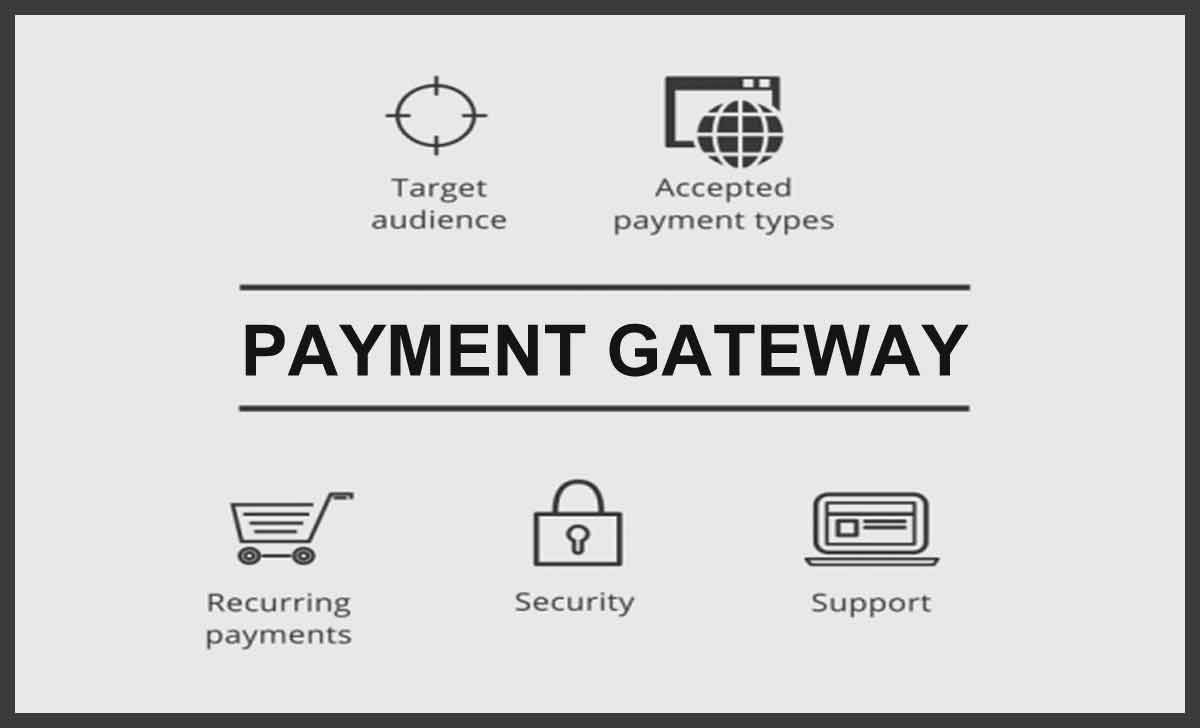In this article we are providing about what is payment gateway, features and how it works.
Payment Gateway not only limited to the physical machines which you used to swipe your card but also the online shopping website that used your card number to transact in online.
In recent years, it’s easy to adapt many secured processes by which customers and merchants do prefer the technology for any transaction. The payment process is secure, and the money transfer process does happen in seconds by debiting money from customers to directly move it to a merchant account.

Payment Gateway
A technology used to accept the payment from debit or credit cards from a customer to a merchant termed as Payment Gateway.
Features of Payment Gateway
Here 25penny presents some basic points that let you understand Payment Gateway. Check the basic Payment Gateway features that one can use in day to day life.
- It is the interface that customer face to pay and merchant collect payments
- The payment machine in-store to swipe your card does have an interface
- In an online store, the gateway site to fill in your card details to complete the transaction.
- One tap payment by contactless machine to avoid any contact
Also read: Payment Gateway Charges & Payment Status
How Payment Gateway Works
It is a key for electronic payment processing. It is a front face responsible for sending the information of customers to the merchant bank during transactions.
Payment Gateway through Card
Whenever a customer swipes his card into machine, the gateway does process the system by debiting amount from customer account once they enter a PIN number.
The successful confirmation may print overslips once the customer account gets credit with the amount. The chip-enabled in the card does allow the transaction to take place. This can only processed with an unique PIN which a customer does have.
Payment Gateway through Card Contactless
The Contact Less payment through a customer card enables by the Bank for transactions of limited amounts. The customers just need to hold their card over the money lending machine. This is through the Chip enabled card which WiFi contact gets deducts to debit your amount.
This is easy and rather needs to use carefully, as a gateway through contactless card will not ask for customer PIN.
Payment Gateway through Online Website
The gateway on a website may brought while paying for a product or any. Here customers asked to fill in their card details manually along with CVV which is the most dedicated number of cards.
Once the details filled in, you should click on the pay button. An OTP may sent to your registered mobile number. Only after filing these OTP numbers, the transaction may processed and marked as successful.
Can I spend a large amount through a Contactless Card?
No, every contactless card when used through a gateway allows for a limited transaction. If a customer wants to debit a large amount which is slightly larger than the normal limit. This will ask to swipe the card or directly enter a PIN to verify. This make the transaction secure and as well flexible for customer usage.
Does Payment Gateway ask for service charge?
There is no service charge laid on customer for using payment. On the other side, every gateway lending machine or online website does have a fee needs to pay by merchant. There is no excess charges than actual amount which will ask to pay by a customer.
Does Payment Gateway secure for payment processing?
Yes, the payment processing through a Payment Gateway is fully secure. It asks for PIN number, OTP number. Tries to verify the transaction with the customer in all the possible ways. Only once a customer fills their PIN number the transaction will processed for successful payment.